A pioneer tea sommelier in France and the author of several reference books on tea, Lydia Gautier has been a consultant for many international brands. Her 25 years of experience and proximity to producers have led her to become one of the significant figures in tea expertise in the world, and in 2017 she created her own brand, Lydia Gautier Thés et Tisanes. Beginning in 2018, the date of its first edition, she chaired the technical jury for monovarietal teas in the Association de Valorisation des Produits Agricoles (AVPA) competition, which rewards the best specialty teas.
Lydia was kind enough to join us to tell us about her background, approach to tasting, role in the AVPA competition, and favorites. We are now only a few days away from the start of the 2022 contest!
>> Read the interview in French
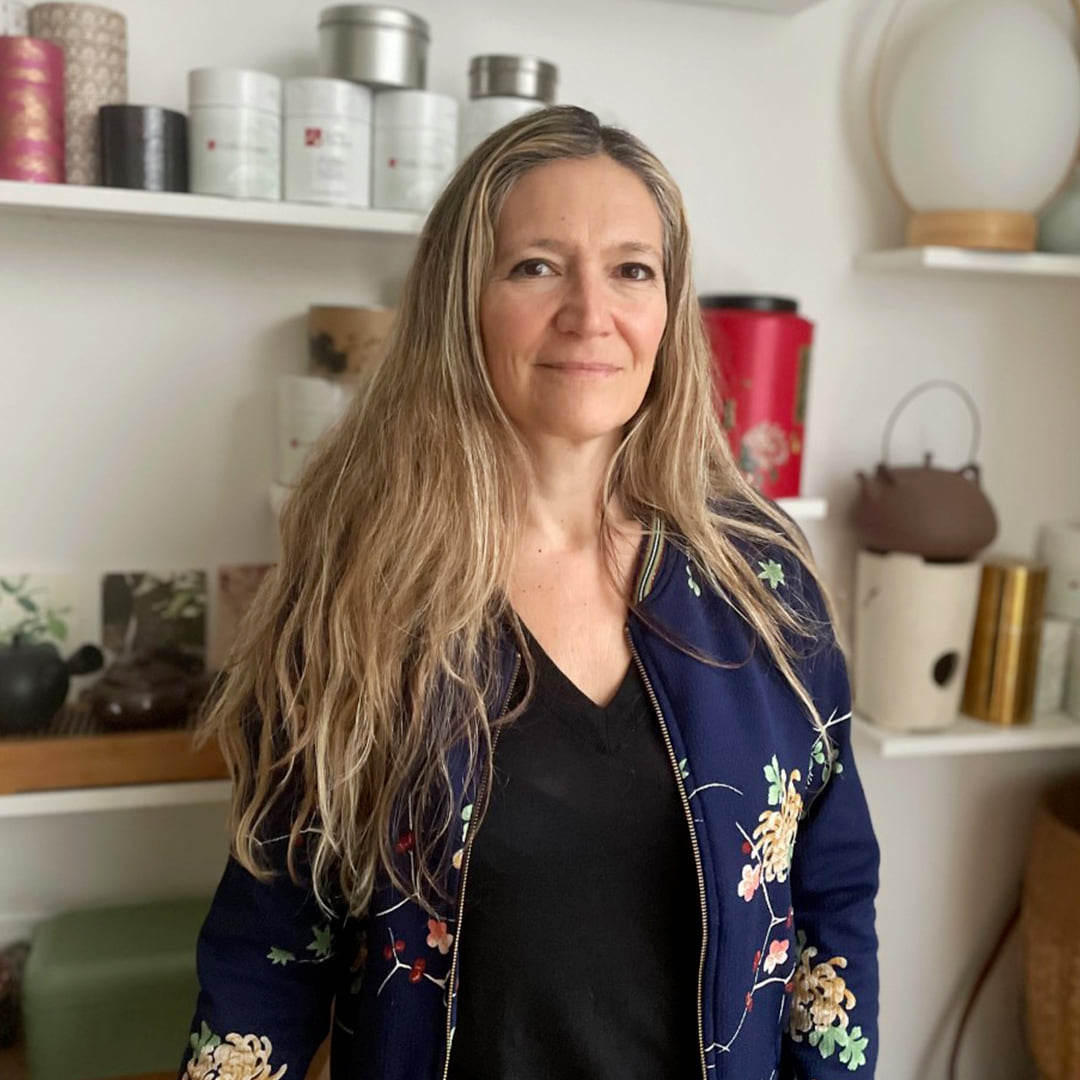
Anne-Frédérique Dayraut: When did you decide to make tea tasting your job?
Lydia Gautier: It’s been a very long time! I have always drank tea, like many tea professionals. It was at Agro (I went to an agronomy school in Paris called AgroParis Tech). When I left in 1994, I wanted to work in tea. Already at Agro, it was a drink that fascinated me. However, in the beginning, I did my internships in viniculture, whether in France or Peru. Very quickly afterward, I wanted to work in tea, which was obsessive, so I started canvassing all the companies that offered tea in France. I cut my teeth at the Palais des Thés in 1995. I was with them for seven years in different sectors. I was the director of development at the School of Tea until 2002. I then left to live in Mali for five years. Mali is where I started writing about tea.
My first book, “Tea: Aromas and Flavors of the World,” was released in 2005; it has been translated into several languages and has become a reference work. It had been a very long time since a book had been published on tea. And above all, I approached tea like wine (which at the time was not done at all, whereas now it is much more common), explaining that there was a sensoriality and a technique of sensory analysis that could be practiced as on wine.
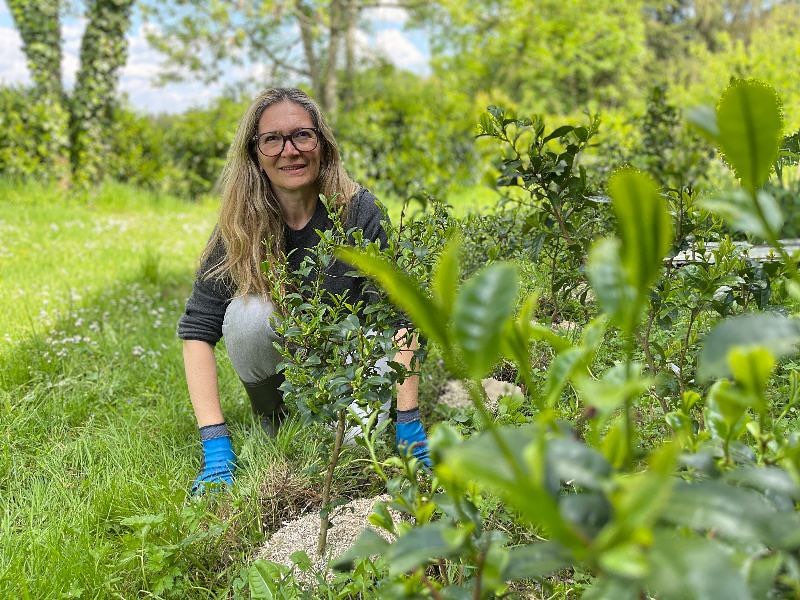
Anne: You were a pioneer tea sommelier in France.
Lydia: Absolutely. I wrote a book dedicated to tea sommeliers called “Thés et mets, subtiles alliances” on tea and food pairings, which came out in 2008. I have written about ten books on tea.
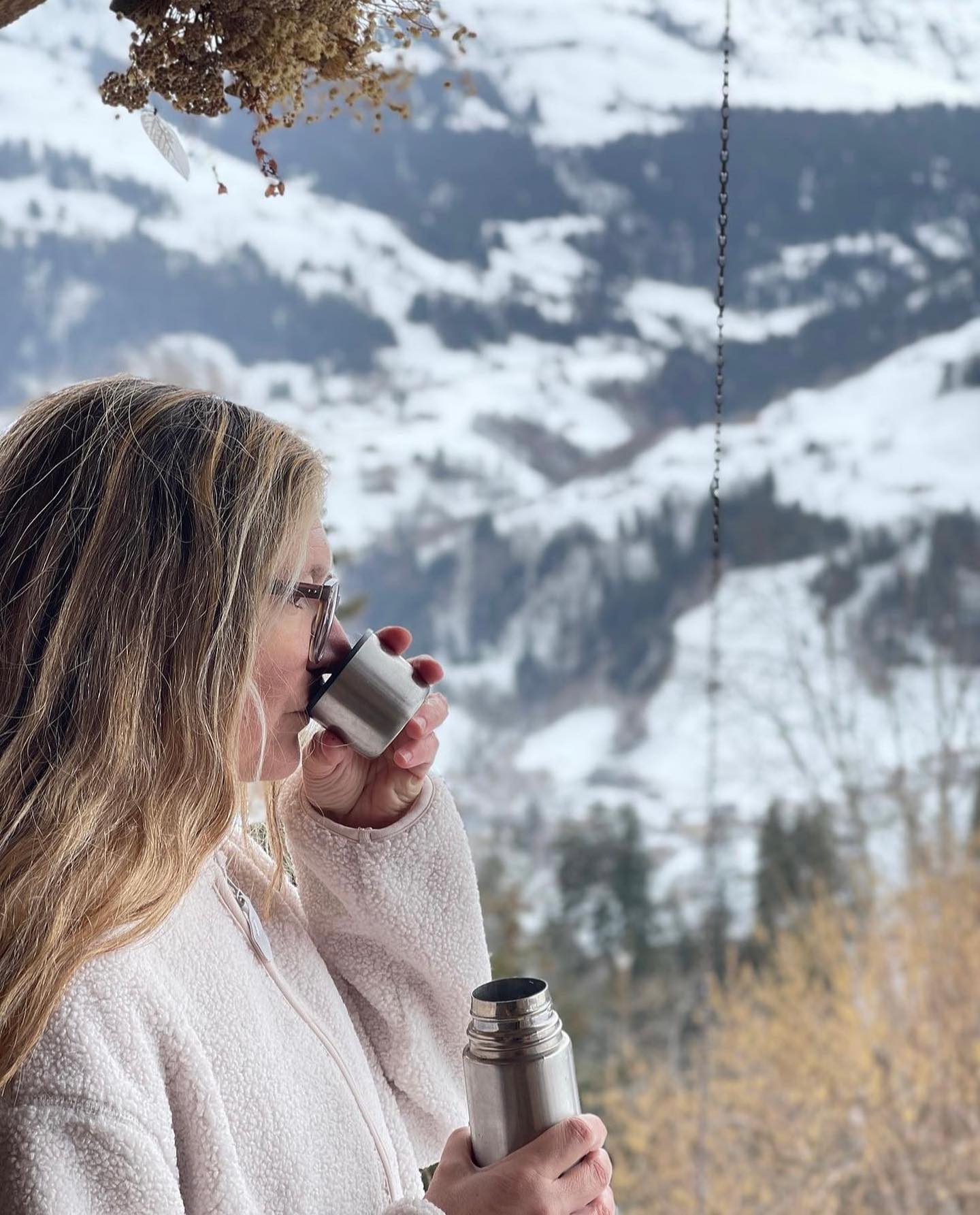
Anne: You are a reference author in France and well beyond. I saw that you also wrote a book on pairing tea and cheese?
Lydia: Yes. I always ate salty food in the morning and drank tea simultaneously. I love cheese, and it’s a personal experience that made me want to communicate on this theme. I find it works very well. For each cheese, you can find a tea and vice versa. We are lucky to have a multitude of cheese appellations, especially in France, and we can find a tea for everyone.
What’s more, when it comes to cheese, when it’s part of a complete meal, we start to be a little disgusted with wine and food pairings. It is also a fatty product, so drinking tea while eating cheese allows you to take a break. I know it makes many French people jump, but I think it works very well, and I even managed to convince wine fans, so I tell myself there is a way.
Following the release of this book, I carried out consulting assignments. I have worked as a consultant for 25 years now that I have been working in tea. Many are in the shadow of big houses for tailor-made creations, sourcing, and training because staff training is essential. And then, I created my brand. I needed to express myself independently of my clients’ orders and the specifications that did not allow me to do everything we wanted, reference the producers we wanted and work the way we wanted. So I created my tea brand in 2017, which is very recent in my tea journey and was a logical consequence of what came before. It is called “Lydia Gautier, Teas and Herbal Teas.” I take advantage of all the networks I have built during these 25 years of proximity to producers with short-circuit sourcing. The creations I make are artisanal creations where I mix plants. I have always been passionate about botany, tea being one plant among others. These are creations that are entirely natural; there are no added flavors. My collaborators initially wanted to integrate flavored teas, but I refused. It’s done elsewhere. Otherwise, it is useless for me to create my brand. It respects botany, plants, and terroirs, so I don’t want flavored teas. And then there is this gastronomic dimension that I have had for a long time with the tea sommelier, with the work that I was able to do with the Ecole Ferrandi,
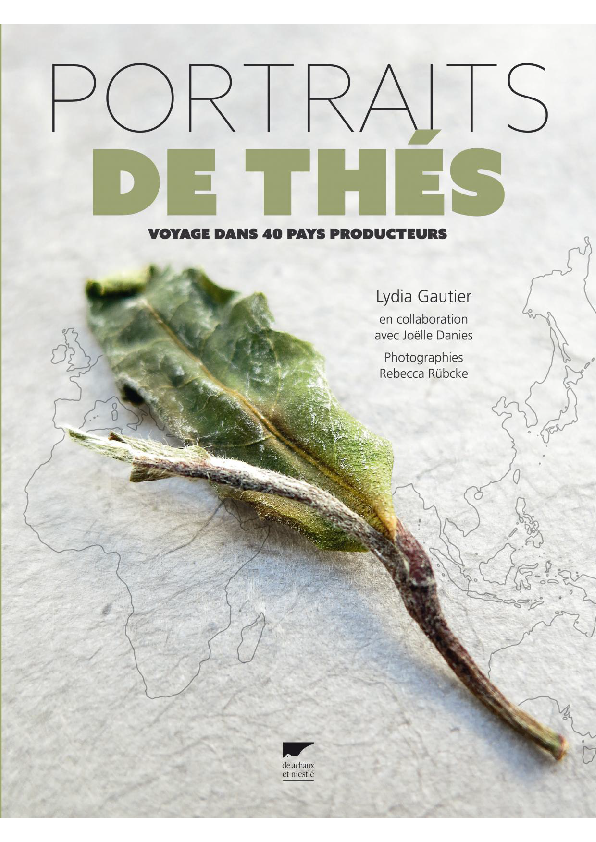
Anne: Are there any teas that particularly suit you?
Lydia: There are several, of course. I always drink tea with meals and, outside of meals, herbal tea too. Herbal tea at night, because tea keeps me awake, so now I’m careful. I don’t drink after 5-6 p.m. unless I’m in a producing country, and there I know I’ll have a few sleepless nights, but it doesn’t matter; it’s the excitement of the change of scenery. I love what we call Hong Cha, red teas (or black teas in Europe), which are fruity or can have leather notes. I like Qimen, for example, teas from Nepal or India, but rather second flushes or autumn teas than first flushes because there is this fruity side, stewed with tannins which are a little slightly rounder than on the first flushes which will be more lively, a little more vegetal, zesty. I like human discovery too: in tea, there is that, the gluttony, the gustatory side, but also the emotion, the experience, the memory, that’s what makes it strong. It is a product of emotion. It happens as much in the brain, in the body, as in the mouth.
Currently, the tea I drink in the morning is a tea that comes from Taiwan, from a producer with whom I have worked for several years and whom I have visited several times. She is in the Ali Shan, the Ali Mountains. She works on a cultivar normally made to make an Ali Shan Cha Oolong, but she works in oxidized tea. It has a sweetness and delicacy that takes me on a morning journey with my cup of tea. Afterward, I like Japanese green teas (from time to time, I have “taste peaks”!), and also oolongs that are heavily roasted like Dan Cong or rock oolongs. I rather like them while eating, not drinking them on an empty stomach. Pearl oolongs, notably Ali Shan Cha oolongs or Tie Guan Yin, are more vegetal oolongs or Japanese green teas that I will drink outside meals. I can drink them during a meal, but I will really find it easy to drink them to quench my thirst or for a moment of indulgence outside of meals. I really like white teas in the summer because I find them very thirst-quenching. They have a very refreshing side, even if you drink them hot. It depends on the mood and the moment, like many people. I drink several each day but in the morning.

Anne: Were there any teas that initially challenged you and eventually became familiar with?
Lydia: Yes, the Darjeeling first flushes in particular. I didn’t like it right away. But when I was pregnant with my second child, I could only drink Darjeeling’s first harvest, whereas before, it was not my daily tea. It gave me a taste for it, and from time to time, I like to make myself one, especially when the new harvests arrive, but not every day.
And Pu’er. At the very beginning of my career, like many people in the 90s, I knew Pu’er shu, ripe Pu’er, which has an undergrowth side, which is very velvety, with this slightly humid moss note and even sometimes moldy if they are poorly made, which can be unpleasant. At first, I didn’t appreciate this kind of Pu’er at all. I had a revelation in the 2000s when I discovered the Pu’er crus, the sheng, which was a crush. By educating my palate and returning to it, there is now Pu’er shu, which are old vintages that I appreciate. I worked on two of them. These are shu that I worked on creations, one with chamomile Matricaria and another with tonka bean because both plants bring a slightly sweet side.
Anne: Could you explain how you developed your tea vocabulary?
Lydia: I developed it by drawing from the world of wine and the world of perfumery. We have common denominators of the aromatic palette, of the main aromatic families. At the taste level, we find the five flavors: bitter, acid, salty, sweet, and umami. The same goes for texture; a whole vocabulary already exists, especially for wine and cheese, from which we can draw to build that around tea.
You have three primary sensations in the mouth: the olfaction and the retro-olfaction with the aromas and the aromatic bouquet. You then have everything that is at the taste level, the five flavors, and then everything that is more tactile (we call that the trigeminal), everything that is texture.
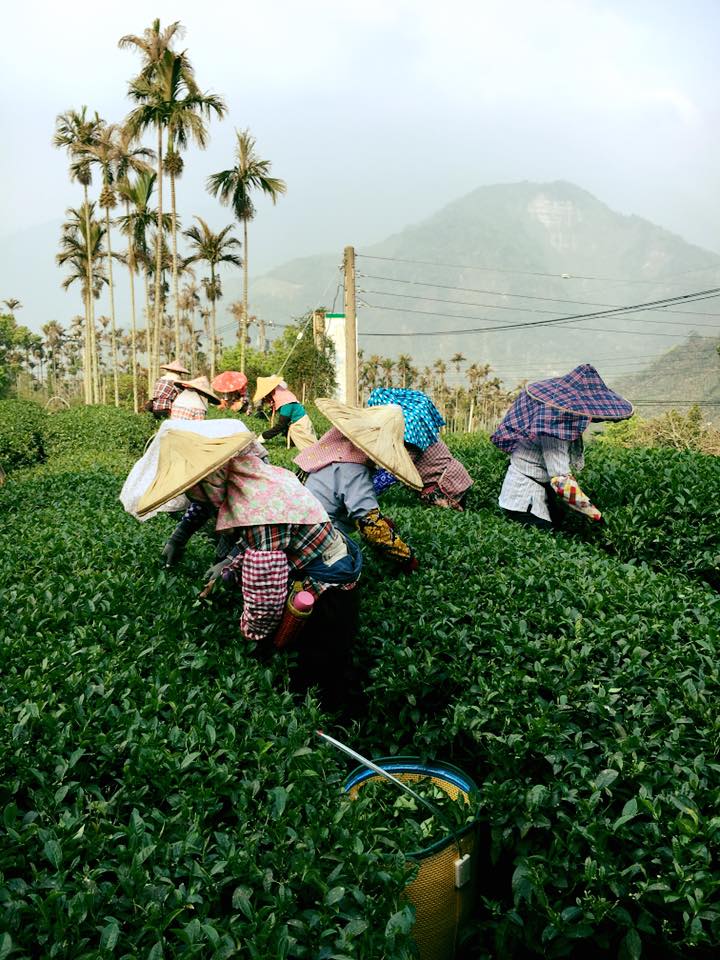
Anne: Have you ever found an aroma or a flavor that evoked something from your imagination without being able to put a word from this vocabulary on it? And therefore having to use something totally fanciful and out of these codes?
Lydia: Yes, often when you are going to smell something (the sense of smell is closely linked to memories), the first step is that you are going to smell a memory, therefore a person, a place. It can be negative or positive; it’s a feeling. It is a feeling that can also be very comforting or sometimes disturbing too. Afterward, what is not easy is that you have to do the exercise of going to search and understand where this memory comes from. For example, shu pu’er has an undergrowth side. For some, when you go to have it tasted, this undergrowth side will be “it smells like my grandmother’s jam cupboard.” So what is “my grandmother’s jam cupboard”? It’s an old wardrobe, and when you open an old wardrobe, you feel a musty side, moldy, but semi-dry, and so we’re going to trace the thread of his memory, and we’ll be able to try to find what we call a personal referent. And so say to yourself that if you smell it in another tea, that’s my referent.
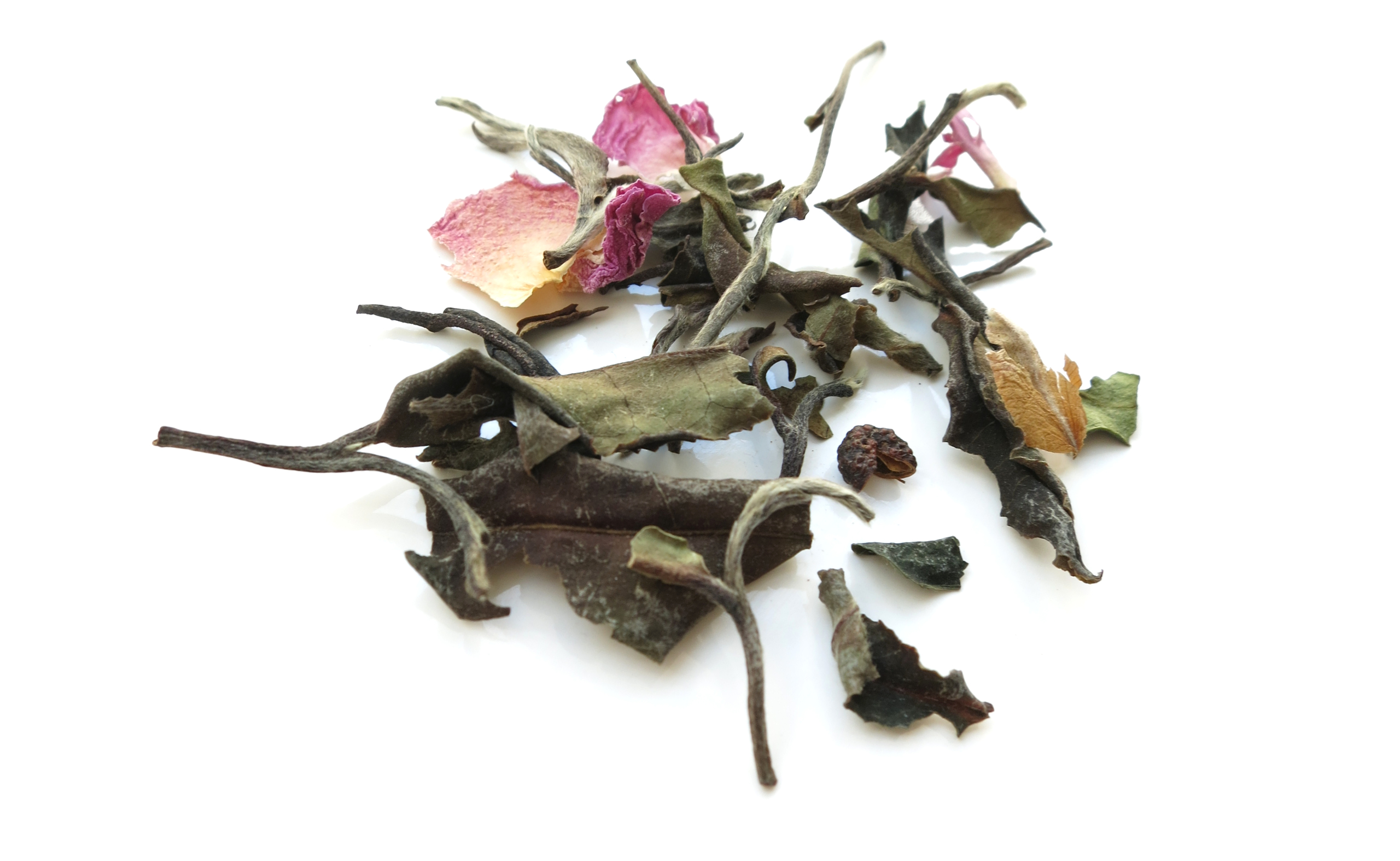
Anne: Comparing your point of view with people from other continents, would you say that your memory has been shaped differently?
Lydia: Obviously different. That’s why it’s complicated to create what we call sensory analysis referents because it’s very cultural. The referents for sensory analysis in Japan are not the same as in France because we do not have the same food or cultural environment. I think this is also difficult in the AVPA competition; most teas do not come from Europe; they come from other cultures; the difficulty is in the objectivity in the scoring. But this is a rating that remains Western for the French market. This is not an absolute rating. It is really with references and knowledge of the French market that such tea will please the French consumer or not. But there is indeed a notion of subjectivity.
Anne: Are certain qualities going to be sought after in certain countries? For example, in India, are we looking for certain qualities in tea, and in France, are we going to look for others?
Lydia: Yes, quite. I remember working for a brand that is in mass distribution in France. I consulted with them because they had a big problem with the supermarket’s repurchase rate on their tea range. It is one of the few French brands that work directly with producer cooperatives worldwide. In particular, they had repurchase rate issues on their Sri Lankan tea. The Sri Lankan producer thought the French liked green teas with a slightly amber liquor, based on codes of the 80s. When I went there, we did comparative tastings. I found a green tea that the French loved. It wasn’t tea at all that smelled of cooked vegetables. It was the vegetal, green, fresh side. The problem was a misunderstanding of what the French consumer expected. We therefore referenced this new tea, and their figures rose. You have to link the target market of a producer and the producer himself, who does not know about all the markets he wants to go to.
AVPA
I have known the AVPA [Agency for the Valorization of Agricultural Products] and [AVPA President] Philippe Juglar for about fifteen years. When he asked me to be president of the jury, I explained that I could not be the operational director who oversees all its implementation. I did not have the time, but I accepted this role because I found it interesting to value the producers’ work. The primary mission of this competition is to promote producers. For me, it was in line with the emancipation of producers: to return producers to the front of the stage, not to be masked by their distributors, to be able to take up space and be legitimately put forward on all their know-how, which is sometimes over several generations. So that’s what really motivated me to chair the jury. At the back office level, the operational team sets up the sensory evaluation grid that is readjusted each year according to what the different members of the jury can provide us with comments on what the producers expect. There is also a lot of work that I have to do every year to categorize the teas. We are not going to put a spring Darjeeling and a summer Darjeeling in the same category; for example, they cannot be compared. The producers can choose which category they wish to compete in the registration form, but we refine that. We have two days of preliminary work before the start of the competition to correctly reclassify and be sure that the teas are in the correct categories. Well, redefine (sometimes it can move a bit) which type. For example, in 2020, we had a lot of pearl oolong. But there were different degrees of roasting. So I thought we had to make two sub-categories between pearl oolongs that were very weakly roasted and very weakly oxidized and those with a much more extensive roast. We bring lots of little niceties before the tasting, which takes place blindly during the competition.
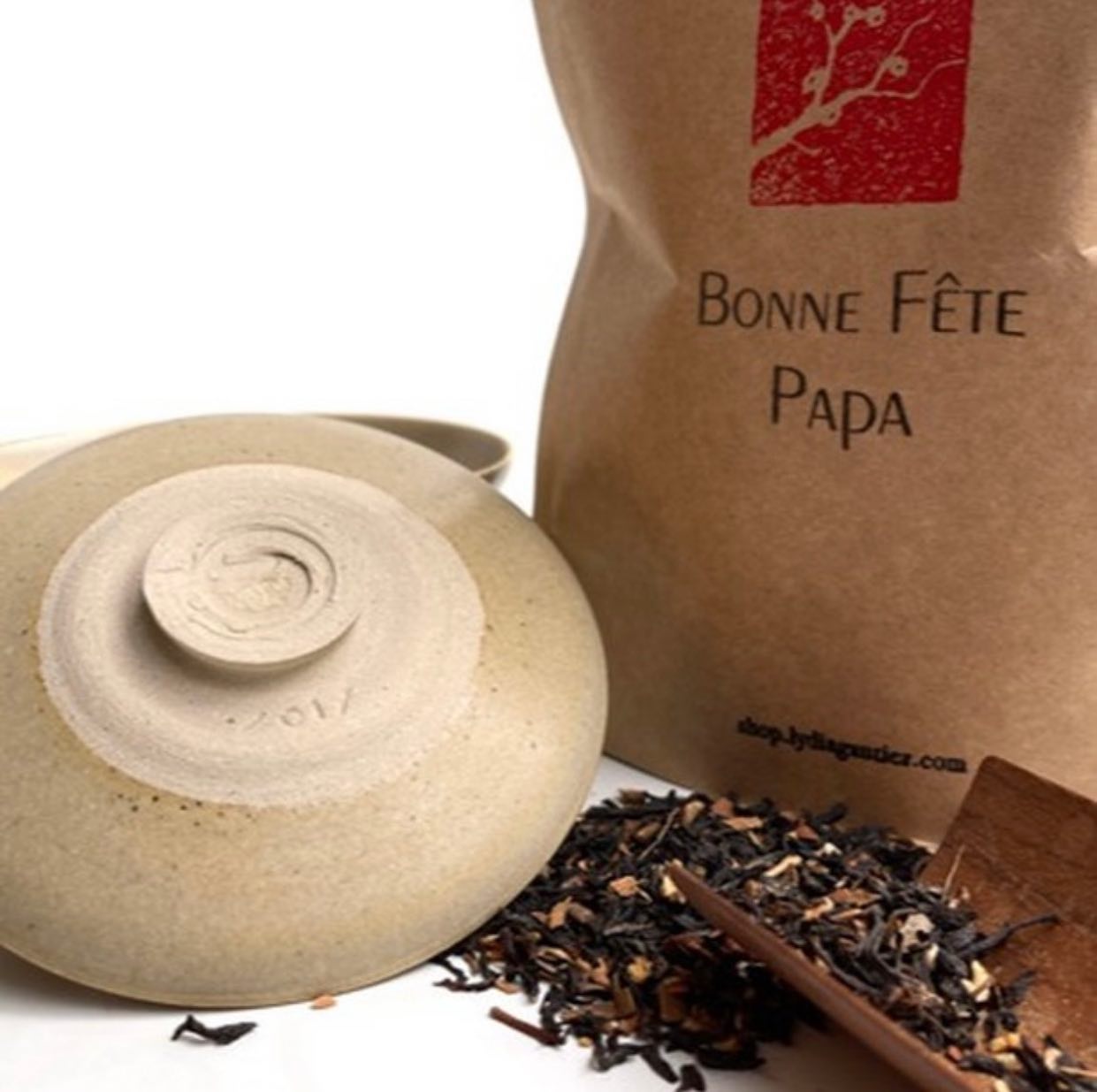
Anne: To return to the tasting vocabulary, have you carried out specific exercises to enrich this vocabulary?
Lydia: I do regular comparative tastings. I have also always been interested in wine, so I continue to taste wine. Cheese too, olive oil… I think it’s also personal curiosity that makes you gradually expand your palette of referents.
Anne: Would you recommend comparative tastings or focus on a particular tea and try to get to the bottom of this tea?
Lydia: When I make my selections, I always do comparative tastings. So I often have a referent, and then I will taste around this referent.
Focusing on tea is more about indulging yourself. It’s good to try to level what we like because there is a subjective side. There is what you like and what you don’t like. Beyond that, with certain neutrality, it’s much easier to train your palate by tasting a whole panel, for example, of spring Darjeeling from several gardens, or a panel of Qimen from several grades, to try to understand how it works.
Anne: Do you have a memory of one dazzling tea in particular that still marks you?
Lydia: Yes, precisely an oolong from Taiwan. In fact, following its discovery during the AVPA competition, I bought some, only a few kilos, because they only make 10 kilos per year, it seems to me. To tell you the truth, I’ve only bought three and haven’t even marketed them yet. But it was one of my favorites last year. In previous years, we also fell in love with new origins. What is “nice” about this competition is that we have great classics, Japan which is very present, Taiwan too, Vietnam, but we also have countries which are a little less well known than New Zealand. We even had an Italian tea last year and a French tea. There was also Indonesia. We are on premium, whole leaf tea, so I find interesting these newcomers, some of whom are producing countries, such as Indonesia, for example. This year, I think it’s going to be Georgia, they’ve been producing tea for almost a century, but they’ve gone through times when it has declined. It’s linked to the country’s history, so we have a drop in production, and after that, we have a resurgence, a redevelopment of production. This is currently happening in Georgia, Indonesia, and many countries traditionally producing more industrial teas that are trying to convert into more premium tea. This is what will ensure sustainability for the terroir. In Kenya, too, even though the majority of the tea they produce is industrial tea for making tea in bags, we are seeing the emergence of local actors who are beginning to work on the whole leaf, from the orthodox; in Malawi too. That is great.
It’s always the same with tea, you travel with your cup of tea, and this competition is also a journey, proximity with producers from classic countries, as if off the beaten track.
Tasting Notes
Ali Shan Cha Red “Yunghu”
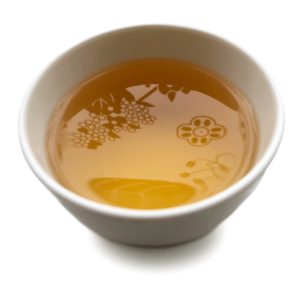
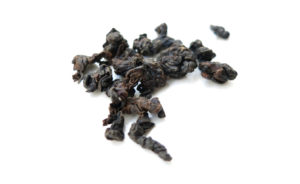 Origin: Taiwan, Chiayi County, Ali Shan Township
Origin: Taiwan, Chiayi County, Ali Shan Township
Altitude: ecological garden located at 1000 meters (<1ha)
Teamaker: Silvia Vayiyana
Cultivar: Chin Shin
Dry leaves: pearled, glossy with brown reflections
Liquor: copper-amber
Aroma: vanilla, stewed fruit, woody
Process: A true pioneer, producer Silvia Vayiyana is oxidizing part of her harvest traditionally dedicated to making wulong tea in this region, the famous Ali Shan Cha Wulong. She also produces Ali Shan Cha Wulong.
Best months: April-May
Preparation tips: Western 7g/50cl – 90° – 6 minutes – or gong fu cha 7g/20cl – 90°C – water steeps in 1 min to 1:30 increments until the tea is exhausted
Tasting Notes: This presents as a pearl black tea with velvety notes and soft tannins that bring structure without bitterness or astringency; with gourmet aromatic notes and warm woody, sweet-vanilla, stewed fruit remanent. Storage tests began in 2015, revealing a beautiful aging tea that improves as it ages, gaining depth and complex aromatics. Silvia, a member of the Tsou indigenous people, nicknamed it “Yunghu,” which in the Tsou language means “comforting,” warm in color, and for its sensation in the mouth.
Personal Notes: Silvia Vayiyana is a producer I visited several times in Taiwan in her ecological garden following a meeting in France at a trade show. I represent her in France and participate in events dedicated to tea and the Tsou culture to carry her values and expertise as a female tea maker.
Silvia is a mixed Aboriginal woman of the Tsou tribe and lives in a village in the heart of the high-altitude tea appellation of the Ali or Ali Shan Mountains. She managed to keep her father’s land for tea cultivation. Ali Shan is best known for its wulong teas, but Silvia is very creative and has tried, with the same Chin Shin cultivar, to make other teas, including red tea (called black in the West), as well as a lovely white tea that I will launch this fall in my online store.
Buy link: Ali Shan Cha Red “Yunghu“
White Pomelo – Vietnam white tea, Timur berries, and rose petals
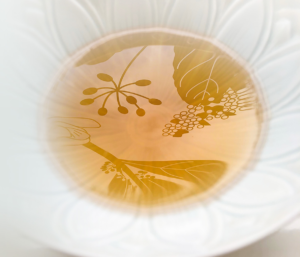
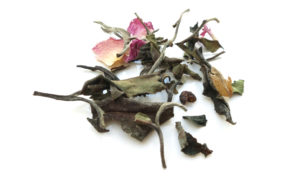 Origin: Vietnam, Lai Chau Province, Tam Duong District
Origin: Vietnam, Lai Chau Province, Tam Duong District
Altitude: 900m
Dry leaves: raw Bai Mu Dan style with a mixture of silvery fluffy buds and green to amber leaves
Liquor: light amber
Aroma: vegetable, pink grapefruit or pomelo zest, pink flowery background
Process: Preparation tips: Western 7g/50cl – 90° – 4/5 mn
Tasting Notes: I wanted to create a thirst-quenching drink with this dominant pomelo that I accentuated by mixing rose petals to bring increased body and a gentle warm touch. I used a white tea with large leaves from the family of White Peonies (or Bai Mu Dan) sourced in Vietnam.
Personal Notes: This creation started from a crush on Timur Bay, or Timeout, growing wild in Nepal on the Himalayan foothills. From its Latin name Zanthoxylum armatum, it is part of this large family of very fragrant berries often assimilated to pepper but which are not, like the “pepper” of Sichuan. It is a berry that has a fresh, zesty facet similar to pink grapefruit. I used a white tea from Vietnam as a base blended with another favorite from a cooperative of producers that I met during a workshop that I had organized for producers in Yenbai as part of a work on Shan Tuyet teas for the Vietnamese Ministry of Agriculture. I have been working with these producers ever since.
Buy link: White Pomelo. (Currently out of stock but returning this fall)
Tea Market
Get More Value from Your Tea: BRU Maker One
+41794574278
Jacque's Organics
(647) 804-7263